EIFS vs. Stucco: Why Modern Systems Outperform Traditional Cement in Denver
EIFS vs. Traditional Stucco
THE BATTLE FOR DENVER'S EXTERIORS
The Heavyweight Contrast
Why modern engineering beats traditional mass in Colorado's climate.
The "Rock" Layer
- Composition: Cement, sand, lime, water.
- Weight: ~10 lbs per sq ft.
- Nature: Rigid & Brittle.
- Flaw: Relies on mass; prone to hairline cracks.
The Engineered System
- Composition: Multi-layer (Foam, Mesh, Acrylic).
- Weight: ~2 lbs per sq ft (80% Lighter).
- Nature: Flexible & Thermal-Resistant.
- Advantage: Expands/contracts without cracking.
Surviving "Hail Alley"
Traditional stucco cracks under pressure. EIFS is engineered to resist it.
*Data based on ASTM E2486 Impact Resistance Standards (in-lbs)
Moisture Strategy
🚫 Traditional: Passive Absorption
Relies on the material to absorb water and slowly evaporate it. If saturation exceeds evaporation, moisture gets trapped, leading to rot.
💧 EIFS: Active Drainage
Assume water gets in. Uses a WRB (Barrier), drainage channels, and weep tracks to actively flush water out. Scientifically superior.
The Bottom Line
Your commercial property’s exterior cladding faces Denver’s punishing climate every single day: severe hail, intense UV exposure, and dramatic temperature swings that can fluctuate 40 degrees in hours. These conditions create a perfect storm for cladding failure, leading to moisture infiltration, skyrocketing energy costs, and deteriorating property values that directly impact your bottom line. This comprehensive analysis reveals how the choice between EIFS and traditional stucco could mean the difference between a protected, energy-efficient asset and a maintenance nightmare that drains your operating budget year after year.
Understanding the Fundamental Differences
What is Traditional Hard Coat Stucco?
Traditional stucco is a cementitious plaster material consisting of Portland cement, sand, lime, and water applied over metal lath. This time-tested cladding weighs approximately 10 pounds per square foot and creates what amounts to a layer of rock over your building’s exterior. The typical application involves a labor-intensive three-coat process requiring extended curing times between applications.
What is EIFS (Exterior Insulation and Finish System)?
EIFS is a complete, multi-layered engineered wall system, not just a single material. Modern EIFS assemblies include:
- Water-Resistive Barrier (WRB) applied over the substrate
- Drainage plane allowing incidental moisture to escape
- Reinforced base coat with embedded fiberglass mesh
- 100% acrylic finish coat with integral color
This engineered system weighs only 2 pounds per square foot, 80% lighter than traditional stucco.
Long-Term Performance in Denver’s Climate
Impact Resistance: Engineering vs. Mass
Denver sits in the heart of “Hail Alley,” making impact resistance a critical consideration for commercial properties. While traditional stucco relies on its hardness and mass to resist impacts, this brittleness can actually become a liability during severe hail events, often resulting in radiating cracks from impact points.
EIFS offers engineered impact resistance classified under ASTM E2486 standards:
- Standard Impact: 25-49 in-lbs
- Medium Impact: 50-89 in-lbs
- High Impact: 90-150 in-lbs
- Ultra High Impact: >150 in-lbs
This allows us to specify different impact resistance levels for different building areas, ultra-high for ground level and standard for upper floors, optimizing both protection and cost.
Managing Thermal Stress
Denver’s extreme temperature fluctuations create constant expansion and contraction cycles in building materials. Traditional stucco’s rigid, brittle nature makes it prone to hairline cracking, requiring control joints every 144 square feet to manage this predictable failure mode.
EIFS’s acrylic polymer base and finish coats, combined with foam insulation backing, provide superior flexibility. This engineered flexibility allows the system to expand and contract without cracking, maintaining a monolithic appearance without the numerous control joints that can fail over time.
The Science of Moisture Management
Evolution from Barrier to Drainage Systems
Early EIFS installations in the 1980s and 1990s used “barrier” or “face-sealed” designs that attempted to create an impenetrable exterior barrier. When water inevitably found its way behind these systems through microscopic cracks or failed sealants, it became trapped, leading to well-documented failures, including rot and mold growth.
Modern Moisture Drainage EIFS (MD-EIFS)
Today’s Moisture Drainage EIFS operates on a fundamentally different principle; it assumes water will eventually penetrate the outer layer and provides an engineered pathway for its removal:
- Secondary defense line: A continuous WRB (Weather-Resistant Barrier) protects the structural wall
- Drainage channels: Vertical ribbons of adhesive create pathways for water to drain
- Weep tracks: Allow gravity to pull moisture down and out
A landmark study by Oak Ridge National Laboratory confirmed that modern EIFS with water management systems significantly outperformed walls made of brick, traditional stucco, and concrete block in both moisture protection and temperature control.
Traditional Stucco’s Porous Approach
Traditional stucco manages moisture through absorption and evaporation, a passive strategy that depends on the material’s porosity. The system relies on two layers of building paper behind the metal lath and the cement plaster’s ability to absorb moisture and slowly release it through evaporation.
This approach has inherent vulnerabilities. If water ingress through cracks exceeds the wall’s drying capacity, moisture can saturate the sheathing or be driven inward, potentially causing structural damage.
Meeting Denver’s Regulatory Requirements
Energize Denver Building Performance
Denver’s landmark Energize Denver ordinance requires commercial buildings over 25,000 square feet to meet specific Energy Use Intensity (EUI) targets, with a goal of 30% energy reduction by 2030. Properties failing to meet these targets face significant annual penalties.
Traditional stucco offers no pathway toward compliance with its negligible thermal resistance. EIFS provides one of the most effective single measures for dramatically lowering EUI and avoiding costly penalties.
Colorado’s 2023 Building Codes
New state building codes mandate higher standards for energy efficiency and climate resilience in all new construction and major renovations. Selecting EIFS for your recladding project ensures alignment with current codes and positions your property as a leader in sustainable construction practices.
Property Value and Market Positioning
The “Flight to Quality” Phenomenon
Denver’s commercial real estate market is experiencing a clear trend of tenants migrating from older, less efficient buildings to high-performance spaces. Properties with verified green features and superior energy performance:
- Attract better tenants
- Command higher rental rates
- Achieve premium resale values
Case studies document property value increases of up to 15% and significant lease rate improvements following EIFS retrofits that enhanced both aesthetics and energy performance.
Quantifiable Asset Value Impact
By reducing operating expenses through energy savings, EIFS directly increases your property’s NOI. Using the standard valuation formula (Value = NOI/Cap Rate), every dollar saved in operating costs translates to increased asset value. At Denver’s typical 6.5% cap rate, $25,000 in annual energy savings equals approximately $384,615 in increased property value.
Why Installation Quality Determines Success
The documented benefits of modern EIFS; energy efficiency, durability, and sophisticated moisture management, are only realized through meticulous, expert installation. Unlike traditional stucco, where performance relies heavily on the individual plasterer’s skill, EIFS success depends on the precise execution of technical steps:
- Proper substrate preparation
- Continuous WRB application
- Correct drainage plane detailing
- Meticulous flashing and sealing of all penetrations
A failure at any point can compromise the entire system. This makes contractor selection the single most critical decision in protecting your investment.
What Makes a Master Installer?
The ideal EIFS installer possesses:
- Deep technical expertise with manufacturer certifications
- Verifiable experience in Denver’s specific climate challenges
- Proven commercial portfolio demonstrating capability at scale
- Unwavering professionalism and accountability
At VAMP Stucco, we’ve specialized exclusively in stucco systems since 2008, completing hundreds of successful commercial projects across Denver. Our team maintains ongoing manufacturer certifications and understands exactly how to detail sealant joints for extreme thermal movement, specify correct impact-resistant mesh for hail-prone elevations, and manage installation during Denver’s unpredictable weather patterns.
Making the Strategic Decision
For commercial property investors focused on long-term asset performance, modern Moisture Drainage EIFS emerges as the superior strategic choice over traditional stucco based on:
Performance Advantages:
- Engineered flexibility resisting thermal cracking
- Specifiable impact resistance for hail protection
- Advanced acrylic finishes requiring minimal maintenance
Risk Mitigation:
- Scientifically validated moisture management
- Single-source system warranties
- Predictable long-term performance
Financial Returns:
- 58% lower lifecycle costs over 15 years
- 20-30% energy cost reductions
- Direct NOI and asset value increases
Market Alignment:
- Energize Denver compliance pathway
- Attraction of quality tenants
- Future-proofing against regulatory changes
Conclusion
The evidence overwhelmingly supports modern EIFS as the optimal cladding choice for Denver commercial properties seeking maximum ROI, energy efficiency, and long-term durability. While traditional stucco served buildings well for generations, today’s engineered EIFS systems offer scientifically superior moisture management, dramatic energy savings, and lifecycle cost advantages that directly impact your bottom line. Most importantly, achieving these benefits requires partnering with a master installer who understands both the technology and Denver’s unique climate challenges.
Ready to protect and enhance your commercial property investment? Talk to an expert. Call 303-325-5212

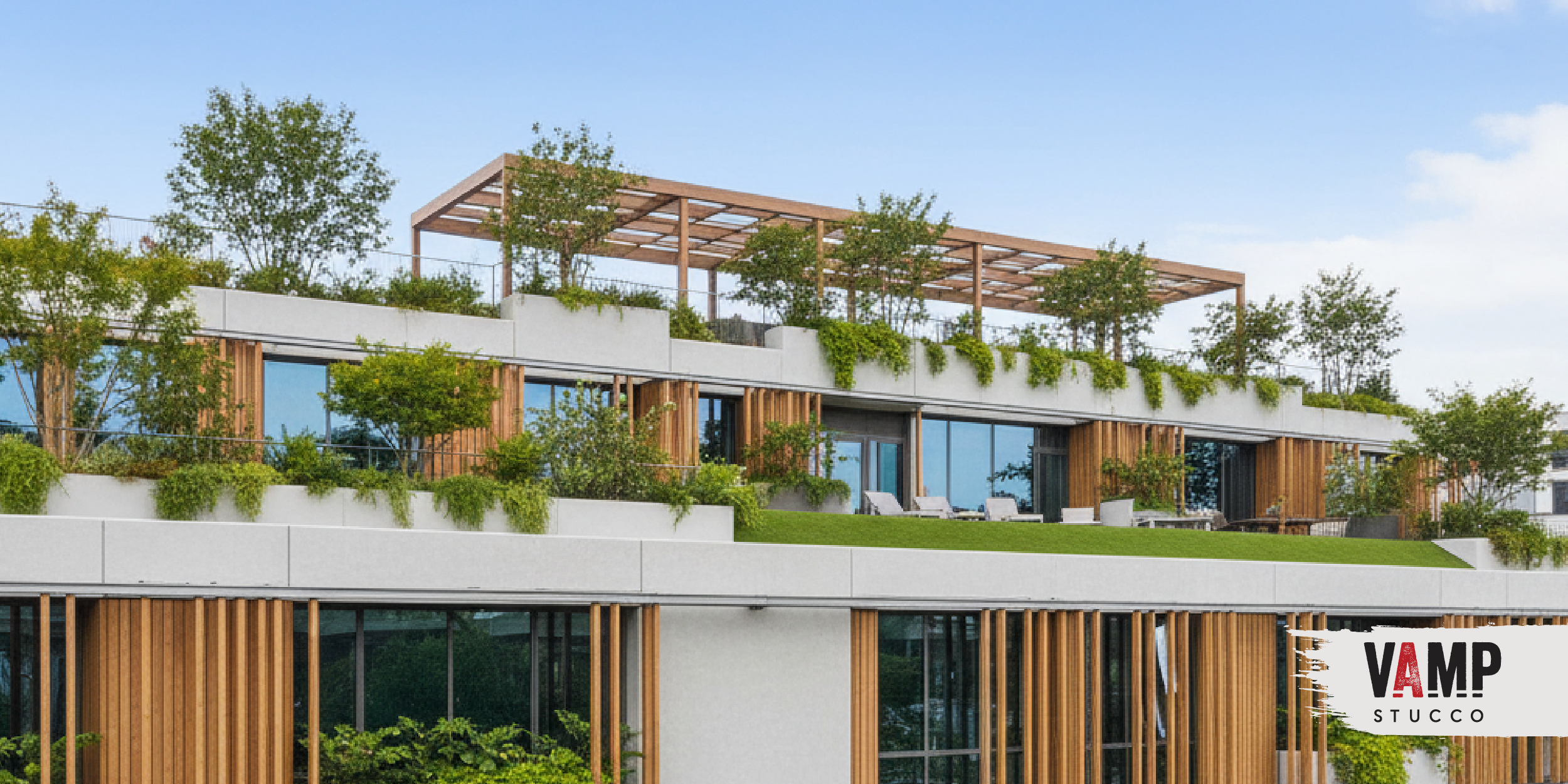
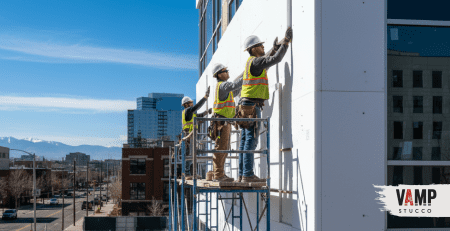
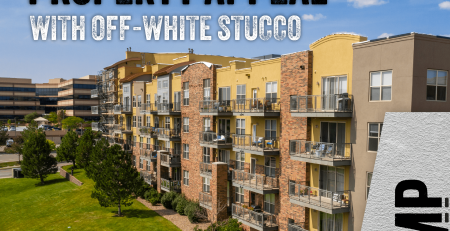
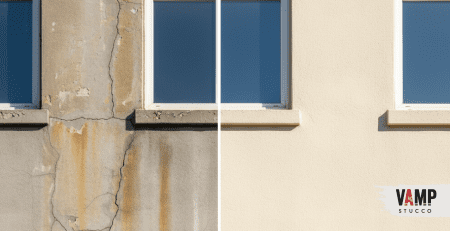
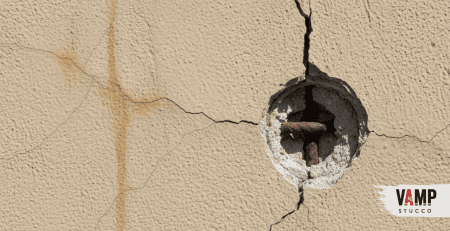
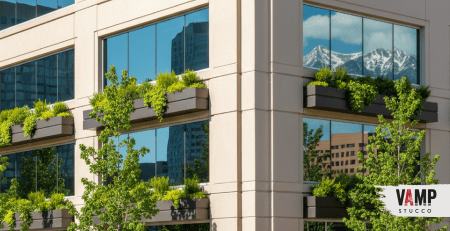
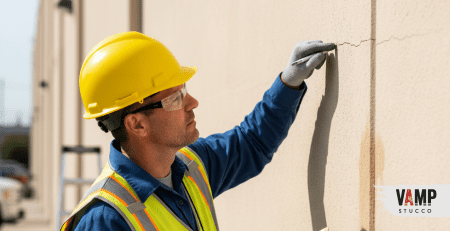


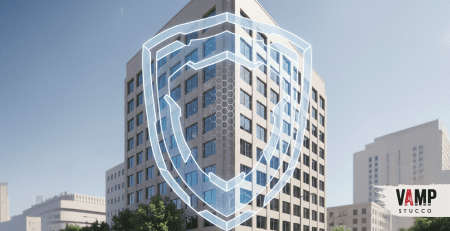
Leave a Reply